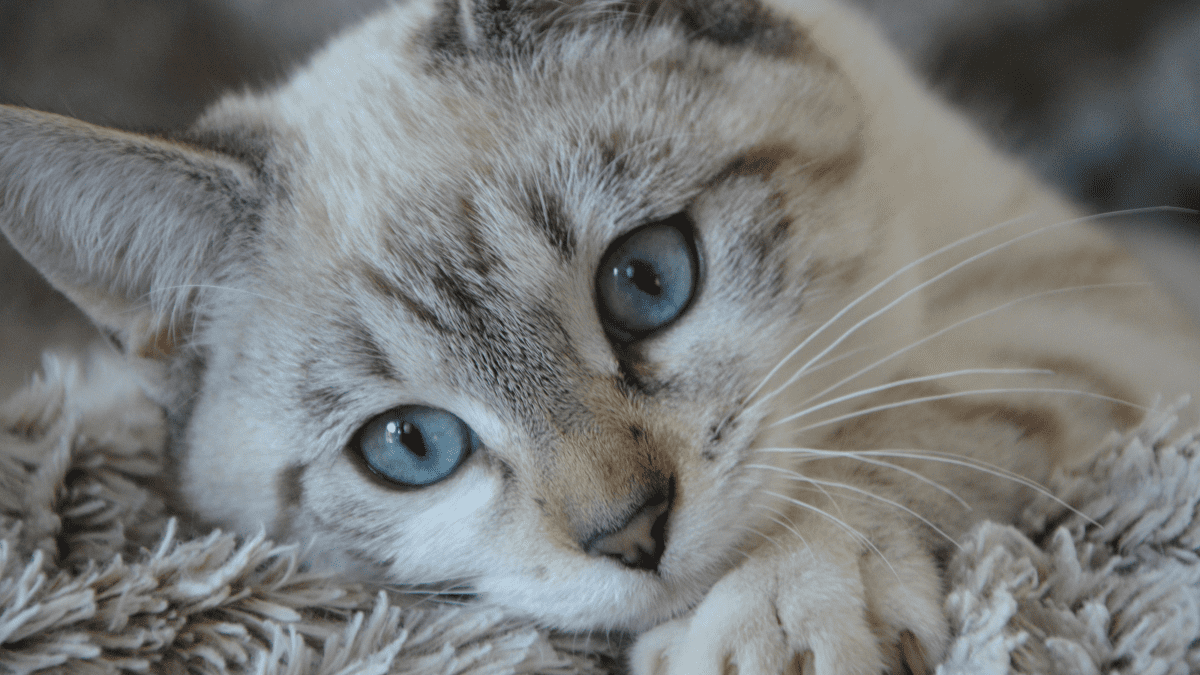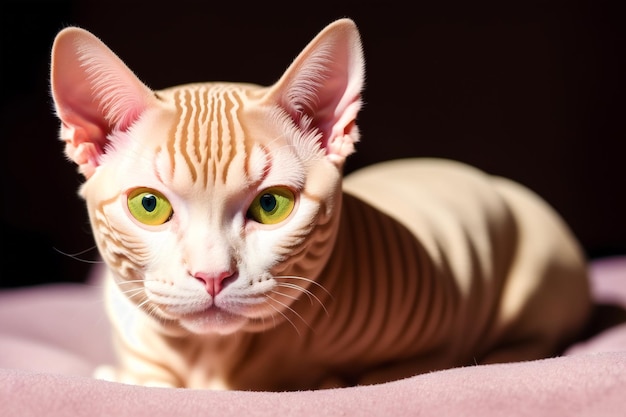Exploring the Enigmatic World of Cat Eye Colors
Table of Contents
Cats have long captivated our attention with their mesmerizing eyes, which come in a variety of captivating colors. From vivid greens to deep blues and mysterious yellows, cat eye colors have fascinated humans for centuries. Beyond their aesthetic appeal, these hues also hold intriguing insights into genetics, health, and even superstitions. In this article, we embark on a journey to explore the enigmatic world of cat eye colors, delving into the science, diversity, and cultural significance behind these captivating features.

The Science of Cat Eye Colors
The mesmerizing range of cat eye colors is a result of intricate genetic processes. Understanding the science behind these colors helps unravel the mysteries held within a feline’s gaze. This section will explore the role of genetics, specifically genes responsible for pigmentation, in determining eye colors in cats. It will discuss how melanin, the pigment responsible for eye color, interacts with different genetic variations to produce the stunning array of colors observed in cats.

Common Cat Eye Colors and Variations
Cat eye colors span a diverse spectrum, and this section will shed light on the most common colors observed in feline eyes. It will explore variations of green, blue, yellow, and brown eyes, highlighting the factors that contribute to each shade. Additionally, it will delve into unique eye colors such as heterochromia (different colored eyes) and odd-eyed cats, providing insight into the underlying causes and prevalence of these captivating traits.

Genetics and Health Implications
Cat eye colors can serve as indicators of underlying health conditions. This section will discuss how certain eye colors are associated with specific health risks or genetic disorders. For example, white cats with blue eyes are more prone to deafness and skin cancer due to a genetic link. By understanding the connection between eye color and health, cat owners can be more proactive in monitoring their pet’s well-being and seeking appropriate veterinary care.
Read More: Halsey songs
Cultural Significance and Superstitions
Cat eye colors have often been steeped in cultural significance and superstitions throughout history. This section will explore the symbolism associated with different eye colors in various cultures and mythologies. From ancient Egyptian beliefs to contemporary folklore, we will uncover the rich tapestry of beliefs and superstitions that have woven themselves into our perception of cat eye colors.
Conclusion
In conclusion, the captivating world of cat eye colors encompasses scientific, aesthetic, and cultural aspects that continue to captivate our imagination. From the genetic factors shaping these hues to the associations with health and cultural beliefs, cat eye colors provide a window into the complexities of feline biology and our enduring fascination with these majestic creatures. Whether it’s the piercing gaze of a green-eyed cat or the ethereal allure of a blue-eyed feline, the enigmatic world of cat eye colors reminds us of the diversity and wonder that exists within the animal kingdom.
FAQs – Exploring the Enigmatic World of Cat Eye Colors
What causes different eye colors in cats?
The various eye colors observed in cats are primarily determined by genetics and the presence of specific genes responsible for pigmentation. The amount and type of melanin present in the iris contribute to the different eye colors seen in felines.
Are certain eye colors more common in certain cat breeds?
Yes, certain cat breeds are more likely to have specific eye colors. For example, blue eyes are commonly associated with Siamese and Ragdoll breeds, while green or amber eyes are more prevalent in breeds like Abyssinians and British Shorthairs. However, eye colors can still vary within a breed due to genetic diversity.
Can a cat’s eye color change over time?
In most cases, a cat’s eye color is determined by the age of around 6-8 weeks and remains relatively stable throughout their life. However, in some instances, eye color changes can occur due to certain factors such as injury, illness, or certain breeds with color-changing traits like the Turkish Van.
Are cats with blue eyes more prone to health issues?
Cats with blue eyes, particularly those with predominantly white fur, may have a higher risk of deafness and skin sensitivity to sunlight. This is due to the genetic association between blue eyes and certain health conditions in some cat breeds.
What is heterochromia, and why do some cats have different-colored eyes?
Heterochromia is a condition where an individual has two different eye colors. In cats, this can occur due to genetic factors that affect melanin distribution during development. It can be complete (one eye is a different color than the other) or partial (one eye has two or more colors).
Are there any superstitions associated with cat eye colors?
Yes, throughout history, cat eye colors have been associated with superstitions and beliefs. For example, in ancient Egyptian culture, cats with green eyes were considered sacred. Superstitions also exist regarding specific eye colors bringing good luck or bad luck in various cultures and folklore.
Can cat eye color be an indicator of a cat’s personality?
While there is no scientific evidence linking specific eye colors to personality traits in cats, eye contact and the intensity of a cat’s gaze can convey different emotions or moods. A cat’s behavior and personality are influenced by a combination of genetics, upbringing, and individual experiences.
Can two cats with different eye colors produce offspring with different eye colors?
It is possible for two cats with different eye colors to produce offspring with different eye colors. Eye color inheritance can be complex, as multiple genes are involved. Offspring can inherit different combinations of genes from their parents, resulting in a wide range of eye colors.
Do all white cats have blue eyes?
No, not all white cats have blue eyes. While blue eyes are more common in white cats, it is not a guarantee. White cats can have blue, green, gold, or even odd-colored eyes, depending on the genetic factors influencing eye pigmentation.
Can environmental factors influence cat eye color?
No, environmental factors do not directly influence cat eye color. Eye color is primarily determined by genetics and the presence of specific genes responsible for pigmentation. However, certain eye conditions or diseases may affect the appearance or clarity of the eye, which can indirectly impact its color perception.
Read Also: Halsey songs











